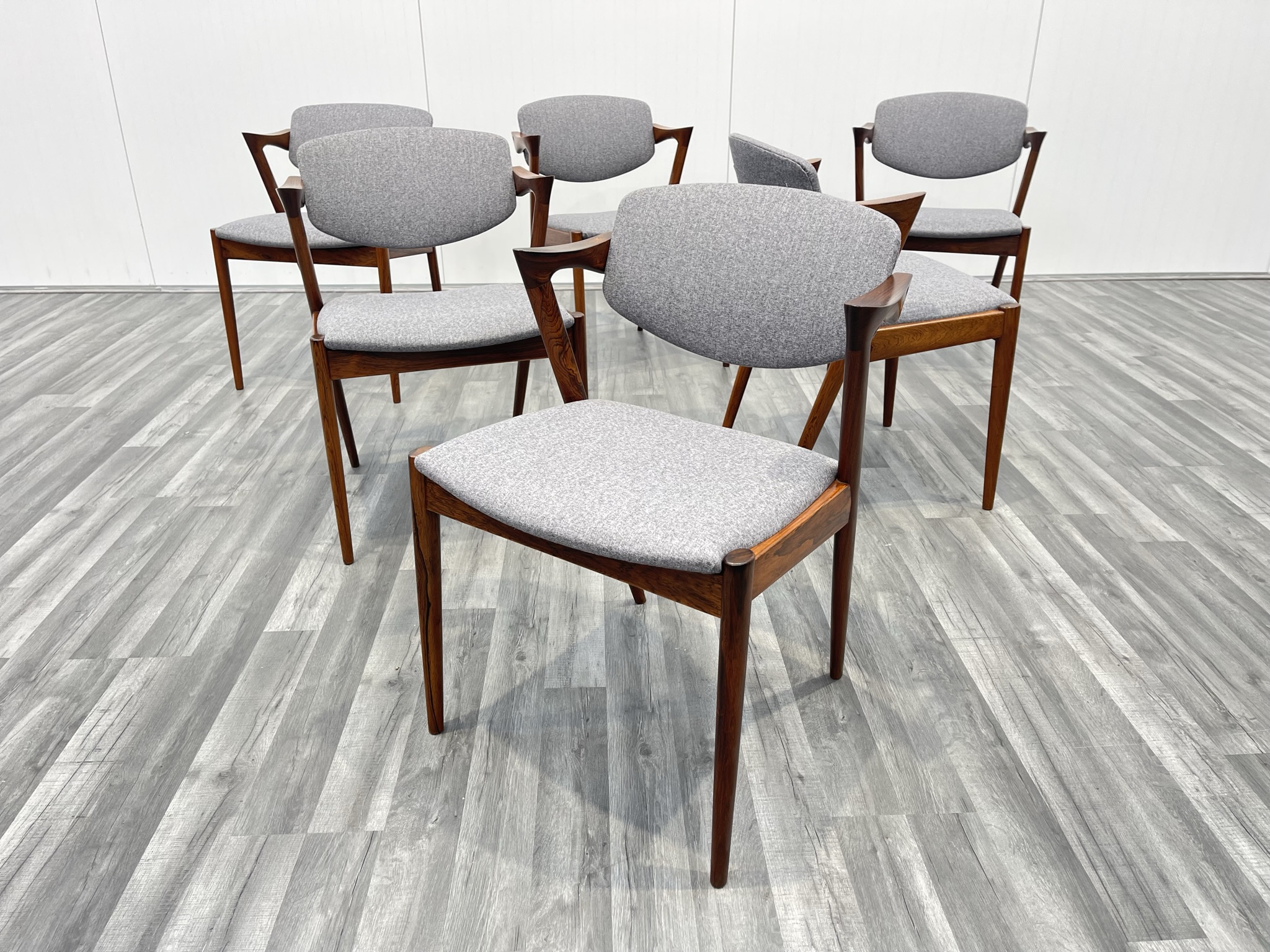
The Danish furniture design movement, which lasted from the 1930s to the 1960s, had a profound impact on the world of design and continues to inspire designers today. Danish mid century furniture is characterized by simplicity, functionality, and a focus on quality craftsmanship. In this blog, we’ll take a look back at the history of the Danish modern design movement and explore its continued relevance today.
A Brief History of Danish Furniture
The Danish modern design movement was born out of the interwar period in Denmark, a time of great change and upheaval. As Denmark transitioned from an agricultural to an industrial economy, a new generation of designers emerged, eager to embrace new materials and technologies. The result was Danish furniture that valued simplicity, functionality, and a focus on quality craftsmanship.
Perhaps the most famous Danish mid century furniture designer is Arne Jacobsen. Jacobsen began his career as an architect but quickly became interested in furniture design. His designs, which included the iconic Egg Chair, were characterized by their simplicity and elegance. Jacobsen’s furniture designs were often combined with his architectural projects, creating a cohesive design aesthetic that extended from the building to the furniture within.
Another influential figure in Danish mid-century design was Hans Wegner. Wegner was known for his innovative use of materials, particularly wood, and his designs were often inspired by traditional Danish furniture. Wegner’s chairs, such as the Wishbone Chair and the Round Chair, are still popular today and are considered classics of mid-century design.
Other notable Danish mid century furniture designers include Kai Kristiansen, Hans Olsen, Borge Mogensen, Finn Juhl, and Poul Kjaerholm. Each of these designers had their own unique style, but they all shared a commitment to simplicity, functionality, and quality craftsmanship.
The Legacy of Danish furniture Design
The Danish mid-century design movement had a profound impact on the world of design and continues to inspire designers today. One of the reasons for its enduring popularity is its timeless aesthetic. The simplicity and elegance of mid-century design have made it a favourite among designers and consumers alike.
Another reason for the continued relevance of Danish furniture is its focus on quality craftsmanship. Unlike many mass-produced items today, mid-century furniture was made to last. The emphasis on quality materials and construction meant that mid-century furniture was built to withstand the test of time. Today, many people still value the durability and longevity of mid-century furniture and are willing to pay a premium for it.
Danish modern design also had a significant impact on the way we think about the relationship between form and function. Mid-century designers believed that furniture should be both beautiful and practical. This idea continues to influence designers today, particularly in the world of industrial design.
Looking Forward: The Future of Danish Mid-Century Design
While Danish mid-century design will always be associated with the 1950s and 1960s, it continues to evolve and adapt to the changing needs of consumers. Today, many designers are taking inspiration from mid-century design and incorporating it into their work.
One trend that has emerged in recent years is the use of mid-century design elements in modern interiors. For example, a modern living room might feature a sleek sofa with clean lines, paired with a vintage mid-century coffee table. This juxtaposition of old and new creates a unique design aesthetic that is both timeless and contemporary.
Another way that Danish mid-century design is evolving is through the use of sustainable materials and production methods. Many modern designers are committed to creating furniture that is both beautiful and environmentally friendly. This often involves using materials like bamboo, reclaimed wood, or recycled plastic in their designs.
Many modern retail businesses in the UK are keeping Danish furniture alive. Our own Retrovintage website being a good example.